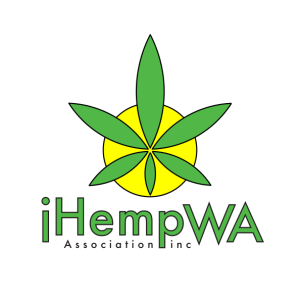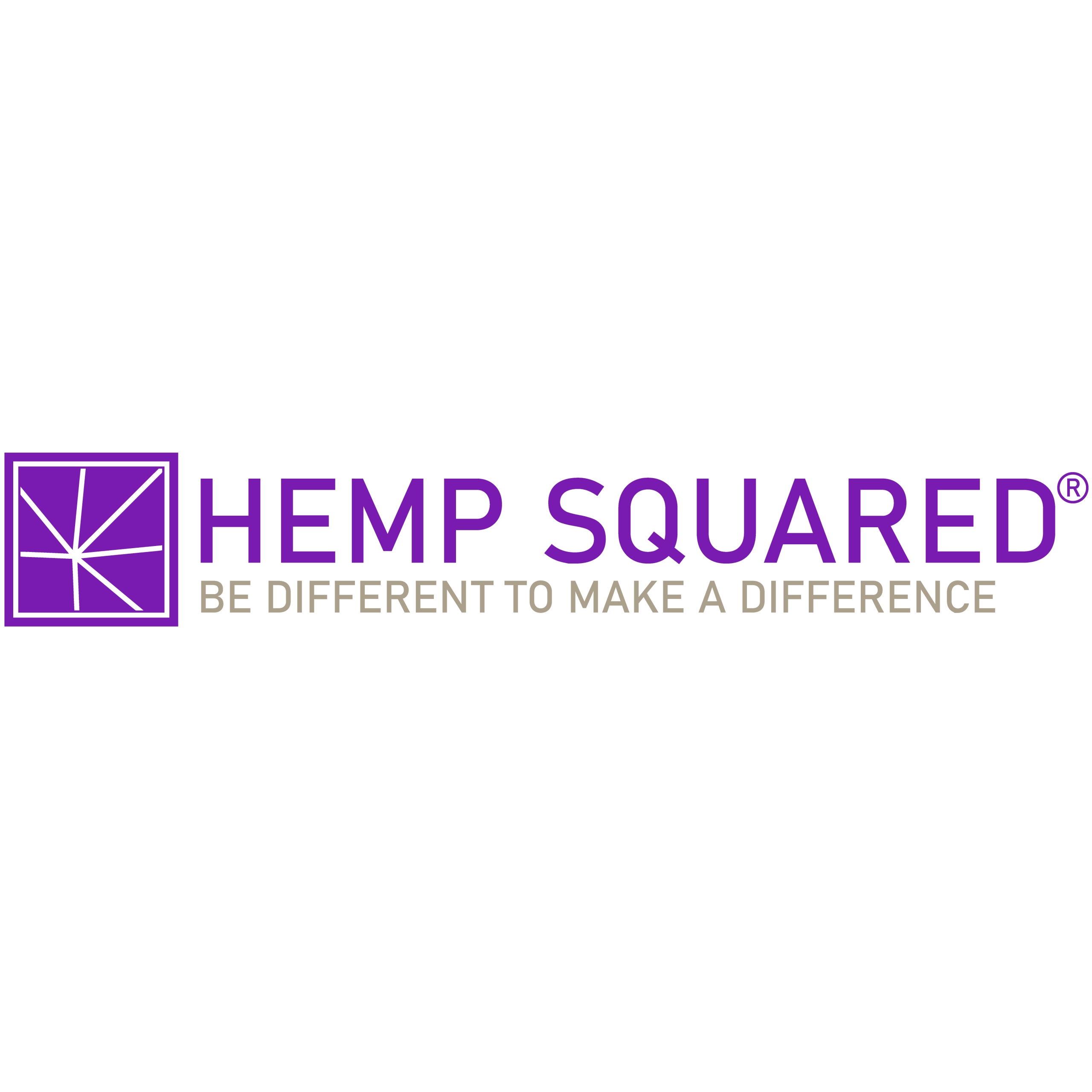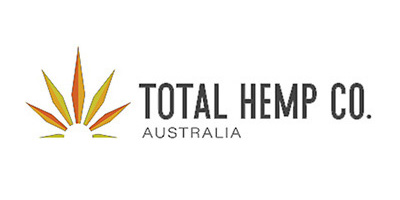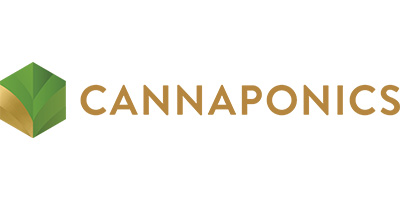Hemp – paper and cardboard
What is Hemp Paper?

Hemp paper can be made from hemp plants’ long bast fiber or the short bast fiber (hurd or pulp). Fiber paper is thin, tough, brittle, and rough. Pulp paper is not as strong, but is easier to make, softer, thicker, and preferable for most everyday purposes. The chemical composition of hemp hurds is similar to that of wood, making hemp a good choice as a raw material for manufacturing paper.
The very first paper in the world was made from hemp, and as a plant, hemp is more suitable for paper as it has a higher cellulose and lower lignin content.
Hemp paper is also much more eco-friendly and sustainable than tree paper, as hemp can be produced much quicker than trees. The quality of paper is actually higher than wood, as hemp pulp is much better for paper than wood pulp. Hemp was widely used across the world in the 1800s, but declined in the early 1900s as hemp production and trading started to be prohibited.
Benefits of Hemp Paper
Hemp vs Trees – and how hemp can help solve the deforestation crisis.
- 1 acre of Hemp can produce as much paper as 4-10 acres of trees over a 20 year cycle.
- Hemp stalks grow in 4 months, whereas trees take 20-80 years.
- Hemp has higher concentration of cellulose than wood, the principal ingredient in paper.
- Trees are made up of only 30% cellulose, requiring the use of toxic chemicals to remove the other 70%. Hemp, on the other hand, can have have up to 85% cellulose content.
- Hemp has lower lignin content than wood. Hemp contains 5-24% lignin whereas wood has 20-35%. This is advantageous as lignin must be removed from the pulp before it can be processed as paper.
- Hemp paper is more durable than trees. Hemp paper does not yellow, crack, or deteriorate like tree paper.
- Wider use of hemp paper can help sustainability efforts to reduce deforestation.
History of Hemp Paper
Hemp was first used as paper in China where hemp fabric was smashed down into thin sheets to make the world’s first paper. The first identified paper dates back to the early Western Han Dynasty, which was around 200-150 BC. Since then, hemp paper was used all across the world. The Gutenberg Bible, Thomas Paine’s pamphlets, and the novels of Mark Twain were all printed on hemp. Even in Russia, hemp paper was used to print “bank notes, stamped paper, credit bills, postal stamps, bonds, stocks, and other watermarked paper” in the 1800s.
The history of hemp paper in the US goes all the way back to their founding fathers. Although the final versions were written on parchment, the first and second drafts of the Declaration of Independence were written on Dutch hemp paper in the summer of 1776. Even prior to US independence, hemp was considered a crucial part of the revolution against Britain. Hemp was the key source of paper in the colonies, and was used to print pamphlets that helped spread the revolution ideas. This helped establish the desire for independence in colonist’s minds.

Hemp farming illustration on this 1914 US note
The turning point and biggest crisis for hemp came in the 1930s, when big synthetic textile companies and newspapers used lobbying powers to prohibit the cultivation of hemp in the United States. This was a quite ironic, as the laws were enacted only a few months after Popular Mechanics had deemed hemp to be on the verge of becoming a “billion dollar crop”. Hemp or hemp paper never fully recovered from this prohibition, and is mainly used in specialty paper currently.
Today closer to home innovative people are making hemp paper. Hemp Paper Making Workshops facilitated by Stephanie Schloegl of Total Hemp Co at Barrabup Sanctuary in Nannup will be scheduled in our events calendar during the growing season.
Handmade Smooth Recycling Papermaking Research in Western Australia by Dr.Leslie.C. Westerlundhttp://leslie_westerlund.tripod.com/












